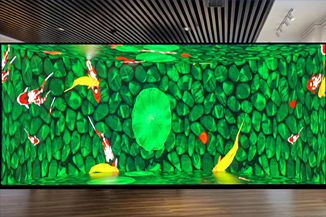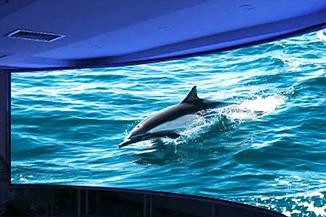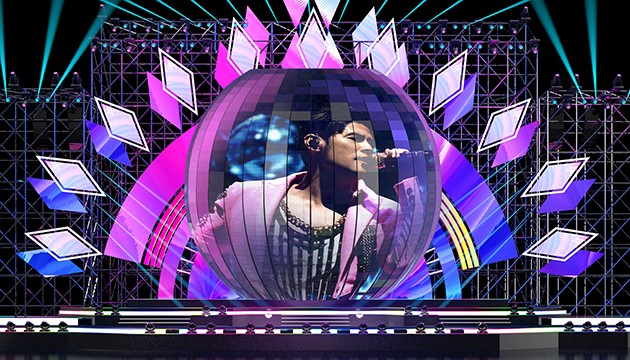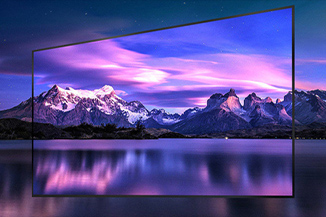Publisher: Supplier of LED Display Time: 2022-07-20 16:37 Views: 1495
For LED display users, special attention should be paid to the impact of high temperature weather on the display. So what harm does high temperature weather do to LED displays?
One: Reduce the life of the LED display
High temperature will cause obvious light decay of the display. Under normal circumstances, the light decay of the LED display is about 8% to 15% in the first three years, and 2%-3% in the next three years. High temperature will accelerate the light decay of the display. Inferior screens can even be directly damaged.

Two: internal materials such as chips are damaged
When the chip is working, it is a heat generating body. High temperature weather will increase the load on the chip. If the temperature exceeds the carrying temperature of the chip, the luminous efficiency of the display will decrease rapidly, resulting in obvious light decay and damage.
Three: Deformation
LED displays are mostly encapsulated with transparent epoxy resin. If the junction temperature exceeds the solid phase transition temperature (usually 125°C), the encapsulation material will change to a rubbery state and the thermal expansion coefficient will rise sharply, resulting in an open circuit and failure of the LED display.
Four: Affect the light color
The luminous wavelength of LED display can generally be divided into peak wavelength and dominant wavelength. The peak wavelength is the wavelength with the maximum light intensity, and the main wavelength can be determined by the X and Y chromaticity coordinates, reflecting the color perceived by the human eye. Obviously, the change in the luminous wavelength of the LED display caused by the junction temperature will directly cause the human eye to have different perceptions of the luminous color of the LED display. For an LED display device, the value of the forbidden band width of the material in the light-emitting region directly determines the wavelength or color of the device's light emission. As the temperature increases, the forbidden band width of the material will decrease, resulting in a longer luminous wavelength of the device and a red shift of the color, which is often referred to as color cast, or even a blurred screen.
If the data is excerpted from the Internet, if there is any infringement, please contact us to delete it in time.




